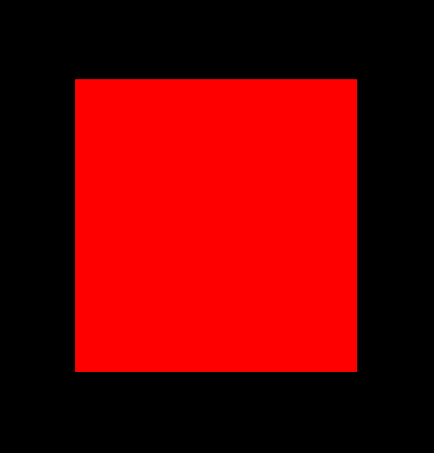Hello,
We wanted to prepare a Classic Conditioning experiment using a Reaction Time as US task, however, I do not know how to program it in SuperLab 4.5.
In the experiment, a CS + of 5 second duration is presented (a simple geometric figure) and immediately after this stimulus a 0,4 s noise is presented. The participants have to respond by pressing the space bar as soon as they hear it.
In addition, we want to provide positive feedback, so that in cases where the participant responds quickly than the previous trial, a message of reinforcement appears on the screen (e.g you respond faster than the last trial), and no message when the response time is longer than the previous trial.
The problem is that I don´t know how to schedule a Reaction time task or feedback, if anyone can help me it would be great.
Thank you very much.

